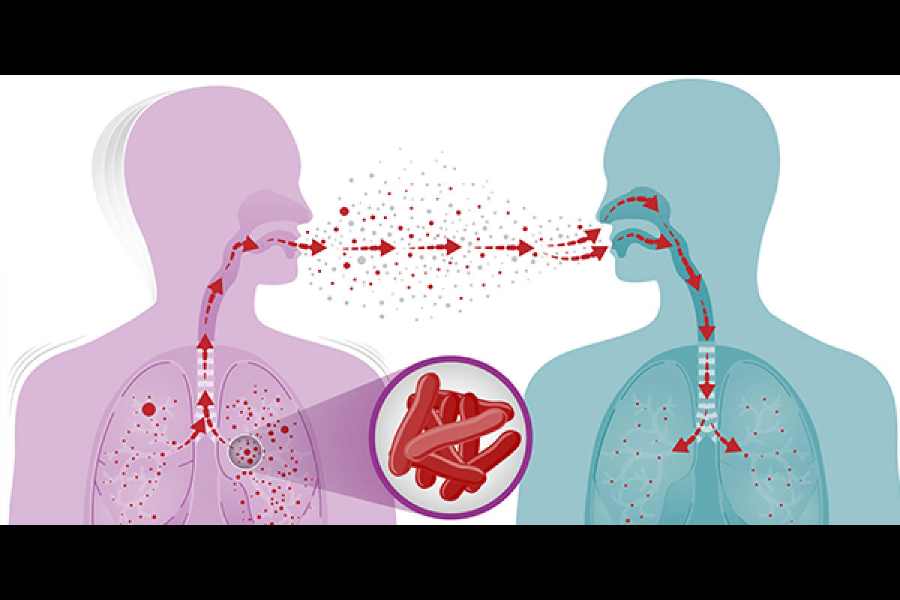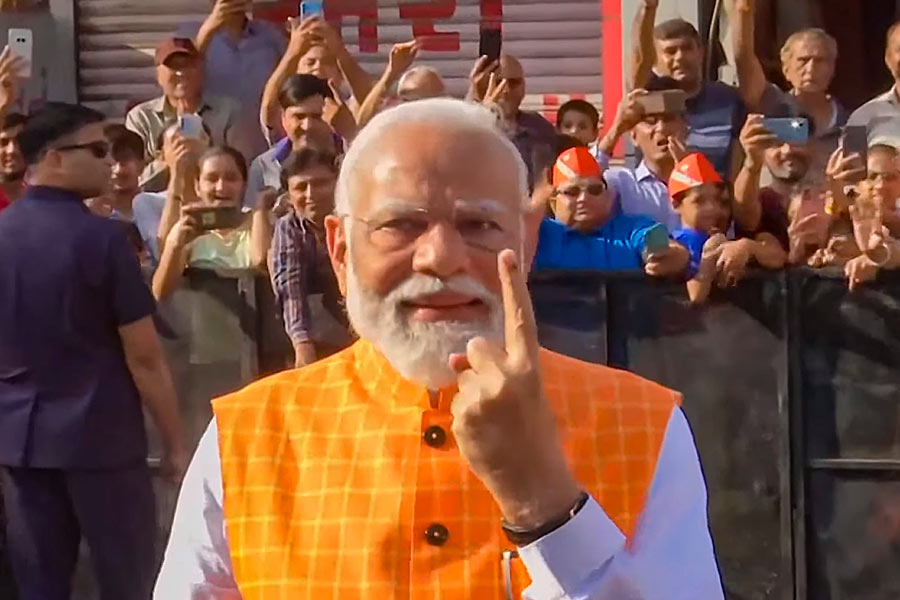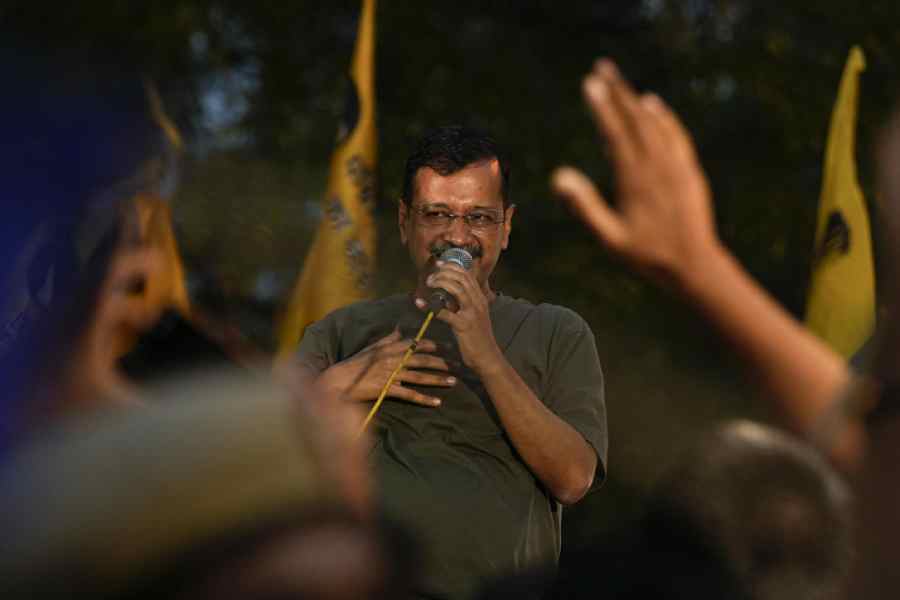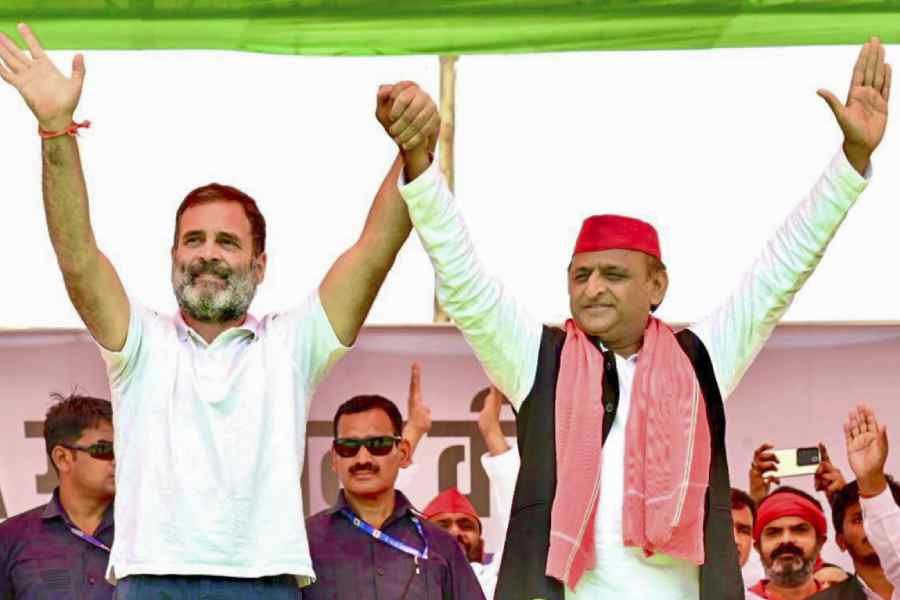
Kerala recently saw unprecedented floods due to heavy rains. Hundreds died, lakhs are displaced. And some people are laying the blame for it at the door of the meteorological department. If the deluge had been predicted at the right time, precautions could have been taken and lives saved, they say. They are perhaps expecting too much from the weatherman.
How exactly does a meteorologist predict the weather? Through weather modelling, which is a computer program into which observational data - such as wind speed, wind direction, air temperature, pressure, humidity and cloud formation - collected from radar and satellite readings as well as ground stations is fed. The program runs this information through algorithms that predict the changes in weather over time. It then forecasts what the weather will be like in the next few hours, days or months, including the development of storms.
The reasons these predictions are not perfect is that the data is often not perfect. While the information collected from satellites and weather stations is accurate, they do not cover the whole country. The program estimates the weather conditions in these gaps and forecasts the weather accordingly. These estimates are never exactly correct so the predictions too are not perfect.
"Weather forecasters use all the tools at their disposal: data collected from weather stations and satellites, computer models that incorporate the physical laws of nature, and their own expertise, which has been built through years of experience," says Clinton Conrad, a noted geophysics expert on sea-level rise with extensive experience in climate modelling. "However, they will never have enough data, fast enough computers, or enough personal experience to make a perfect prediction. This is particularly true for extreme weather events that are infrequent but impactful." The chances of ever having a foolproof weather prediction model is slim.
The forecasts made by weather models are most accurate for the first few days. This is because of the chaotic nature of weather where very small differences in the current state of the atmosphere have a mushrooming influence on longer range predictions.
Say a butterfly flutters its wings in Mexico. That leads to a 0.001 per cent change in the windspeed. The weatherman has not seen the butterfly so he does not know about the change and predicts fair weather after two months. But that minute change gets magnified with time until a raging wind leads to a typhoon in Texas, instead of the fair weather predicted. Since we can never specify every detail of today's weather, a perfect forecast is not possible. It is, however, possible to improve the accuracy of weather forecasting.
"To lessen the impacts of adverse weather, networks must be established between the forecasters of global weather and climate in the developed world, and research, governmental and non-governmental organisations in the developing world," suggests Peter Webster, a renowned atmospheric scientist at the Georgia Institute of Technology in the US. Data sharing will lead to better and more localised predictions on both sides.
It takes decades to build a global weather forecast model, which is also expensive to maintain. Very few such models exist, including the European Centre for Medium-Range Weather Forecasts (ECMWF), the UK Met Office and the US National Centers for Environmental Prediction (NCEP).
Running these models is a complex business. Meteorological and oceanographic data from more than 30,000 observations on land, 3,500 floating buoys and drifters, and numerous satellites is fed into the computer program each time it is run.
"In theory, developing countries can access these data streams. The NCEP forecasts, for example, are posted on the Internet daily," says Webster. "Regional forecasting requires calibration with local data, such as geographic contours, and so is beyond the remit of the global weather centres. Intermediaries like research groups, universities or companies can form a bridge between global-forecast providers and user communities. Such partnerships can be funded by intergovernmental organisations, such as the UN, World Bank and USAID," suggests Prof Webster. If we can use this additional data in our weather modelling, we will be able to get much more accurate predictions.
The next step is to put in place systems to deal with the aftermath of extreme weather conditions. "The immediate concern should be relief and rehabilitation of the affected population [of Kerala]," says Prof. M.S. Swaminathan, famous agricultural scientist and Father of the Green Revolution. "In every panchayat, we should set up a Rainfall Management Centre which will prepare both drought and flood codes for anticipatory action," he says.
Dr Muralee Thummarukudy, chief of disaster risk reduction in the UN Environment Programme based at Geneva, predicted a devastating flood in Kerala in a 2013 article that called for changes in land use. In a 1924 flood, thousands of lives were lost in the region and Thummarukudy mentioned that there are often repeats after 50 or 100 years. He is now advising the Kerala government on rehab and relief efforts because of his long experience in dealing with disasters in different countries.
There is no way to perfectly predict local weather or a natural disaster. Rather than blaming the met office, the focus should now be on enhancing collaborations between multiple organisations and working together for a more efficient forecasting system. As Mark Twain once said: "Climate is what we expect, weather is what we get".
The writer is an Indian scientist working at the University of Oslo in Norway










